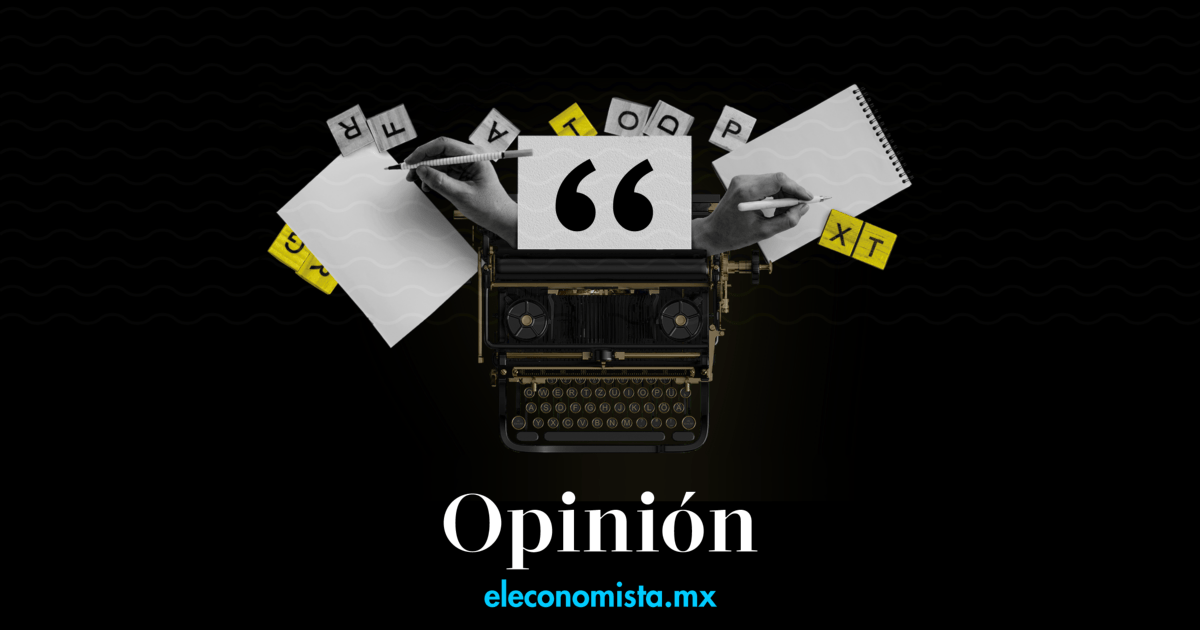In recent days there have been monetary policy announcements in various central banks of developed countries. Unlike previous months, the reasons behind interest rate hikes have ceased to be homogeneous and the statements have shown the different economic dynamics that advanced economies are facing today. Although the common point is inflation, the inflationary pressures faced by each country are different. Three dimensions can be mentioned with which the bids can be evaluated: the speed of increase in target rates, the level of the terminal rate and the time that rates will remain at their maximum level.
The Bank of Canada (BoC) decided to raise its target rate 50 basis points (bps) to 3.75%, below the 75 bps expected by the market, a less “hawkish” decision, which is the reference to a restrictive monetary policy. The slower pace of economic activity, the moderation of inflationary pressures and the fear of an excessive monetary tightening were the main factors that led to a slowdown in rate hikes from 75 bps to 50 bps at this meeting. They also mentioned that they are getting closer to the end of the monetary adjustment, so the terminal rate is expected to be between 4.25% and 4.50%.
The European Central Bank (ECB) decided to raise its deposit rate by 75 bps to 1.50%, in line with market expectations. He mentioned that higher rate increases are expected, however, these will depend on the evolution of inflation expectations, economic data and the probability of recession. He acknowledged that the target rate has already been raised by 200 bps and that there is a delay in the effect of said adjustment on the economy and that the closer they get to the neutral rate of 2.00%, the more careful they will be in making greater adjustments. This more “dovish” message, which is the term used to refer to an expansionary policy through which a central bank relaxes interest rates to stimulate the economy through greater investment, suggests that they will slow down the speed of adjustment for the following meetings. . The terminal rate is expected to be around 2.50%.
The United States Federal Reserve (FED) raised its rate by 75 bps, reaching a range of 3.75% – 4.00%. He suggested that it will be able to reduce the rate of increase, but reaching a higher terminal rate. The last four increases of 75 bps reflect the strong imbalance in the American labor market, where for every unemployed person there are almost two jobs available. They highlighted that they have already raised the target rate by 375 bps and that the timing and magnitude of the impact on the economy is still uncertain. Although the housing market shows a slowdown, employment data remains very robust. The press conference with a more “hawkish” tone raised the expectation of the terminal rate. This is around the 4.75% – 5.00% range.
Finally, the Bank of England (BoE) raised its rate by 75 bps to 3.00%. Its statement indicated that greater increases will be necessary but that the terminal rate will be lower than what the financial markets brought in price of 5.00%. Unlike the United States where mortgages are at a fixed rate for up to 30 years, mortgages in England are at a fixed rate for the first 2 to 5 years and from there they change to a variable rate, this adjustment considerably affects the consumer. This factor added to a high fiscal deficit that needs to be financed with public debt issuance makes it more difficult for the BoE to raise the rate to higher levels. The terminal rate is expected to be around 4.50%.
There is greater certainty regarding the reduction in the speed of monetary adjustment and the level of the terminal rate of these Central Banks. It seems that we are getting closer to the end of the monetary tightening cycle. However, there is uncertainty regarding how long target rates will remain at their maximum levels before starting an expansionary cycle as a result of a recession. The market expects the cuts to begin in the second half of 2023, but may be delayed until 2024 if inflation does not drop to expected levels. Still, after a couple of tough years for fixed income instruments, current interest rate levels are historically very attractive. The interesting risk-adjusted return currently offered by fixed income instruments is a factor to consider in the composition of their investment portfolios.
*Rafael Jara Padilla is Executive Director Fixed Income Latam Investments at BBVA Asset Management
r.jara@bbva.com
hartford car insurance shop car insurance best car insurance quotes best online car insurance get auto insurance quotes auto insurance quotes most affordable car insurance car insurance providers car insurance best deals best insurance quotes get car insurance online best comprehensive car insurance best cheap auto insurance auto policy switching car insurance car insurance quotes auto insurance best affordable car insurance online auto insurance quotes az auto insurance commercial auto insurance instant car insurance buy car insurance online best auto insurance companies best car insurance policy best auto insurance vehicle insurance quotes aaa insurance quote auto and home insurance quotes car insurance search best and cheapest car insurance best price car insurance best vehicle insurance aaa car insurance quote find cheap car insurance new car insurance quote auto insurance companies get car insurance quotes best cheap car insurance car insurance policy online new car insurance policy get car insurance car insurance company best cheap insurance car insurance online quote car insurance finder comprehensive insurance quote car insurance quotes near me get insurance





:max_bytes(150000):strip_icc():focal(605x417:607x419)/Alabama-Woman-Forced-to-Attend-Jury-Duty-011725-tout-b-2583e44b563f4d4fbeec46beb0a5ee35.jpg)

